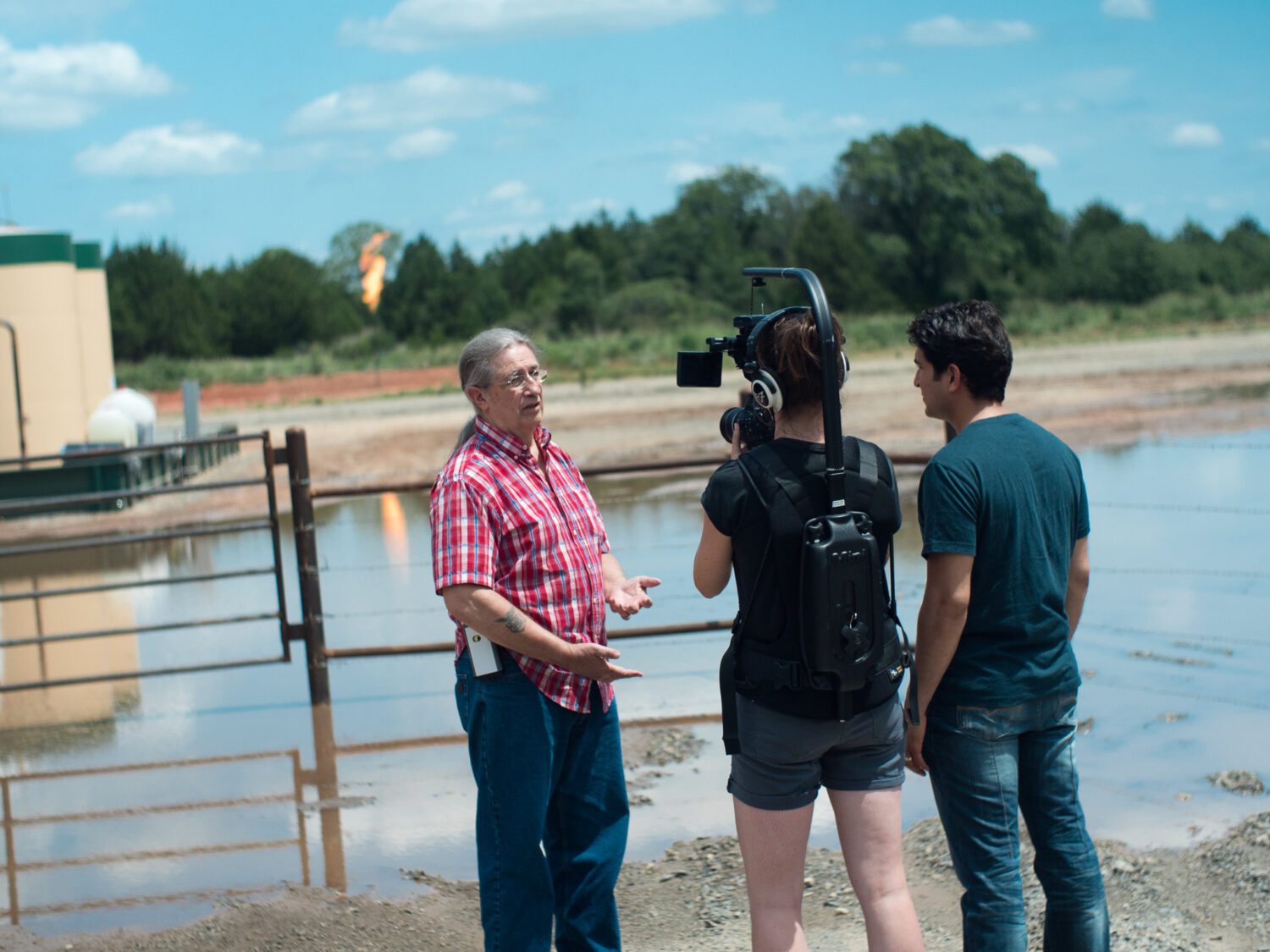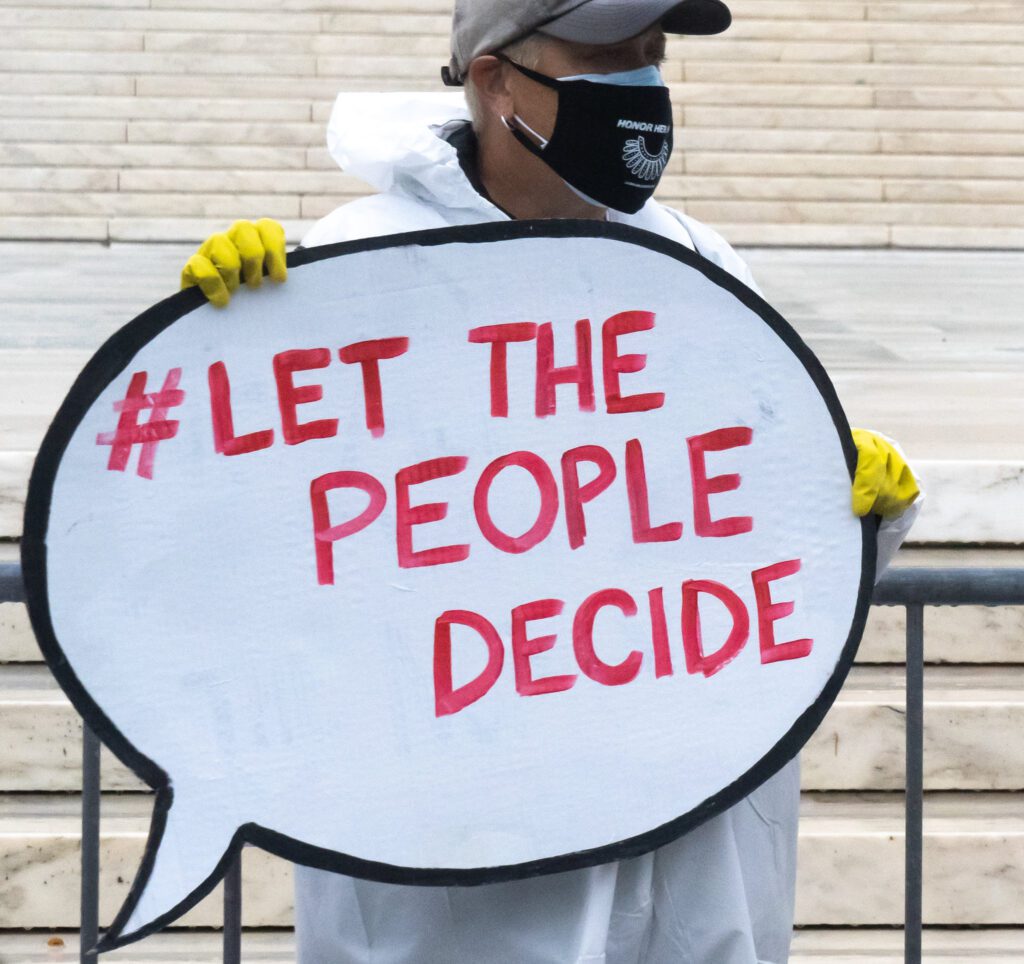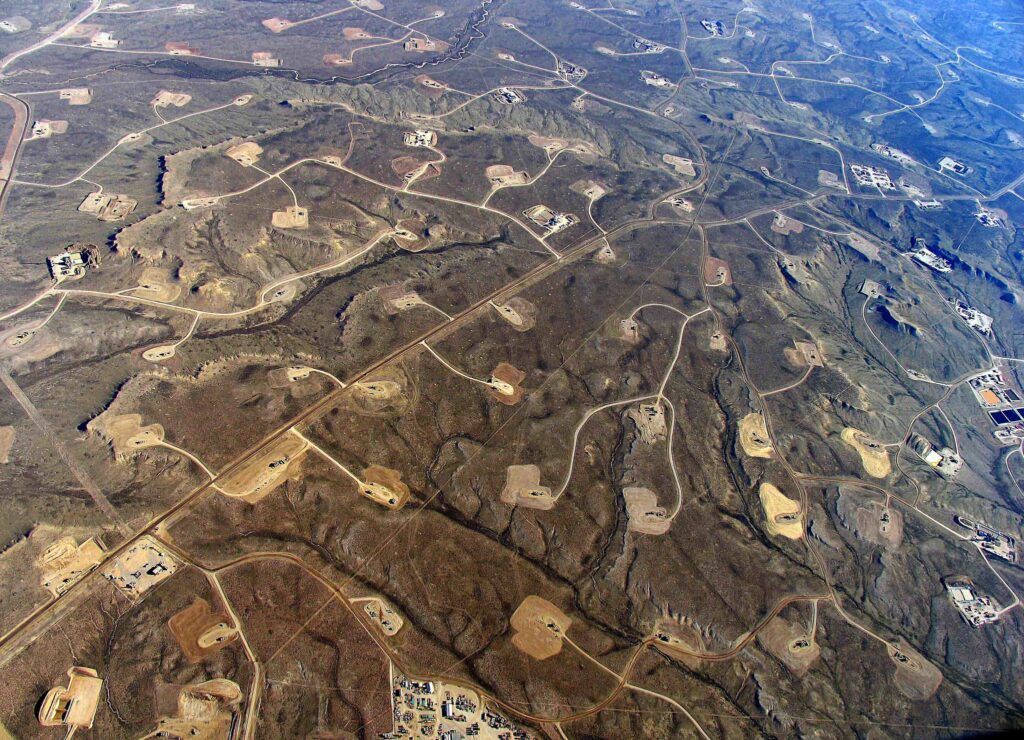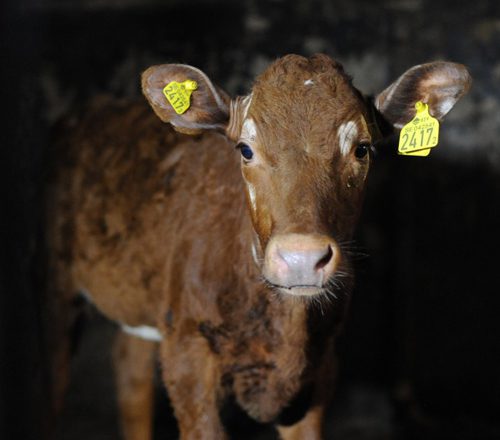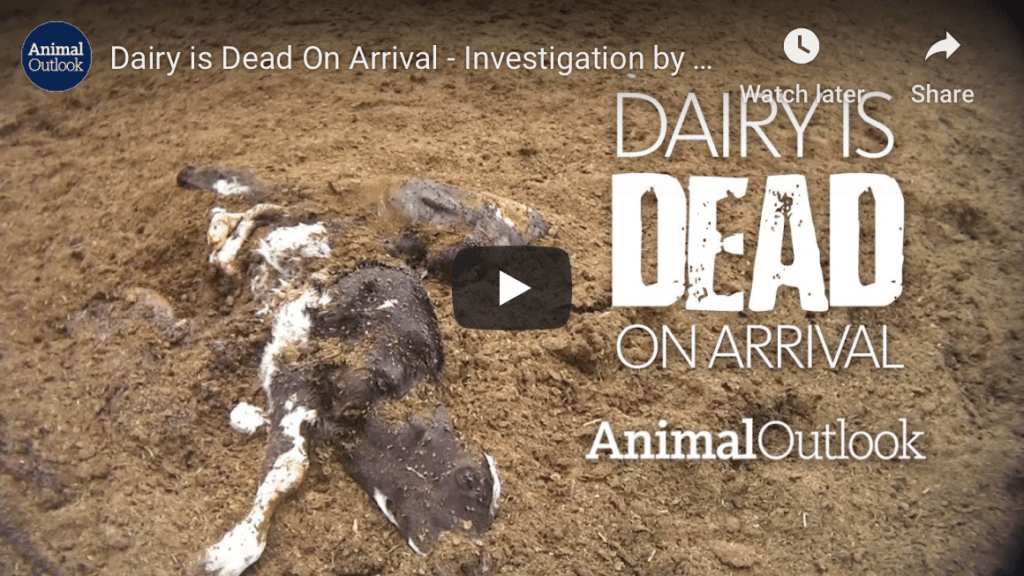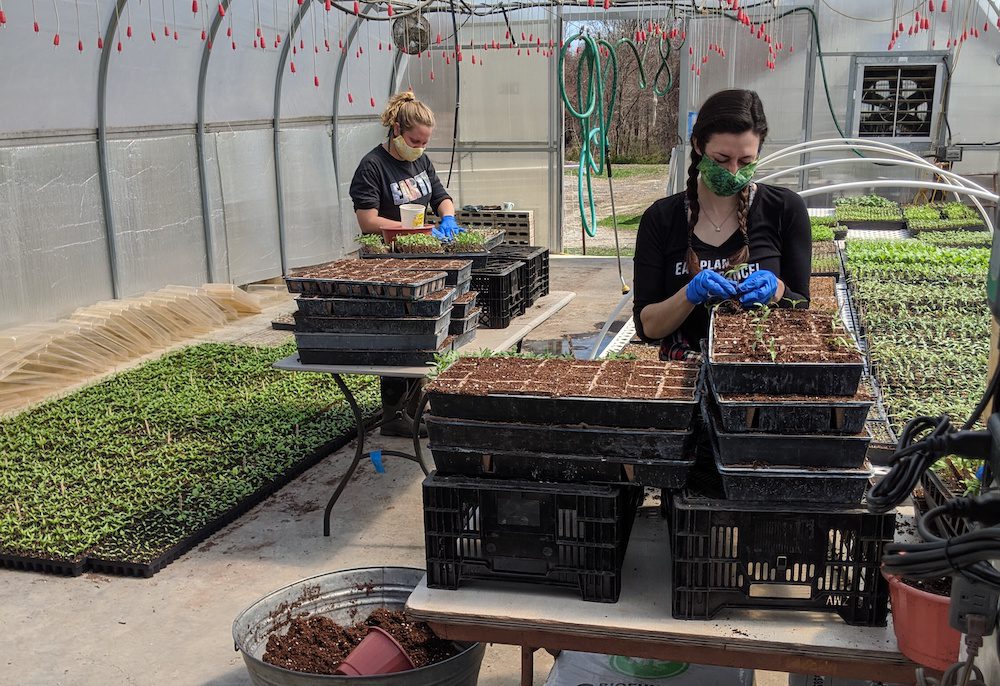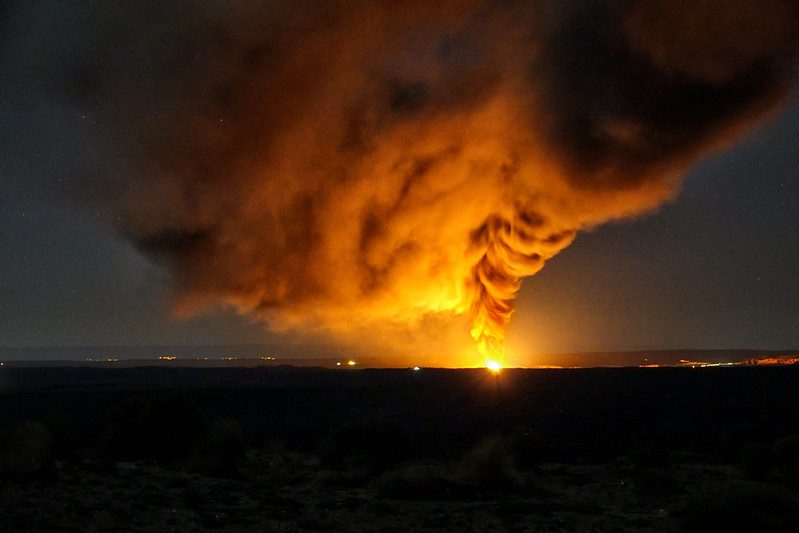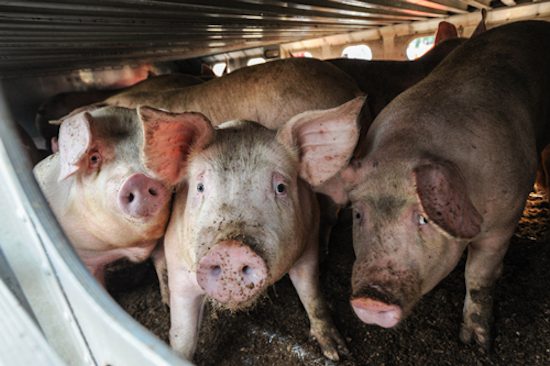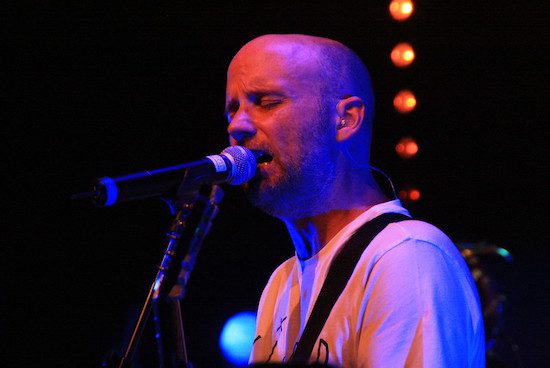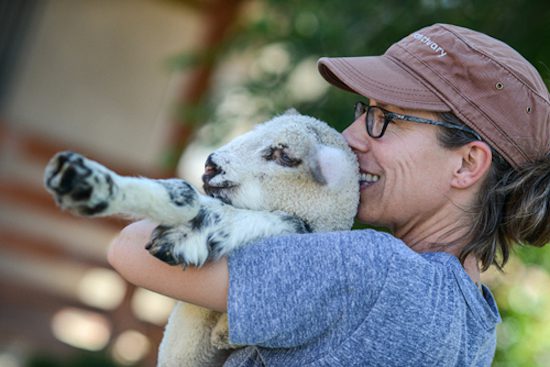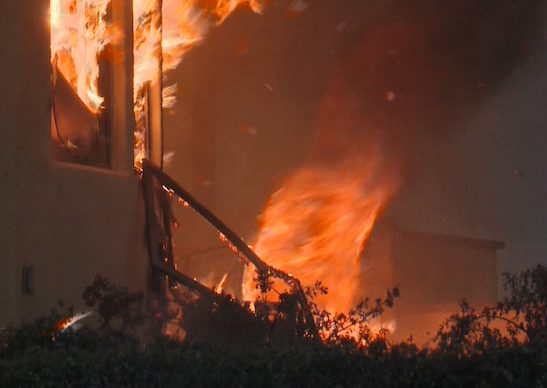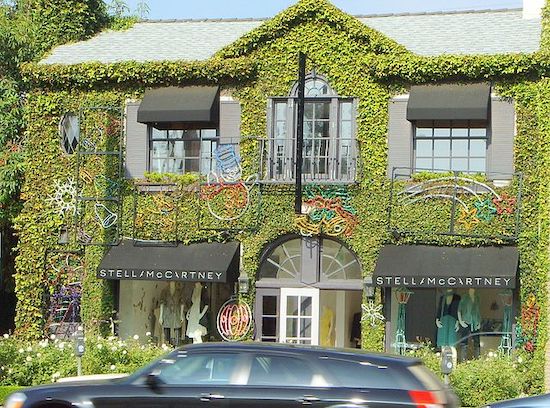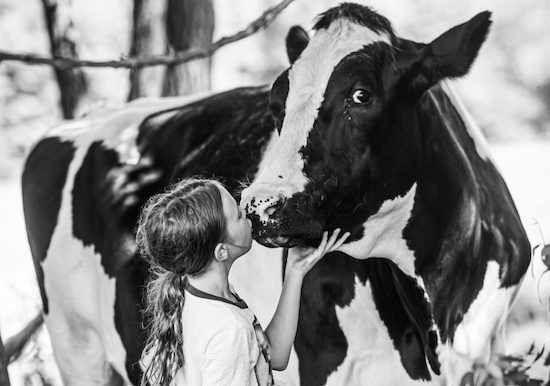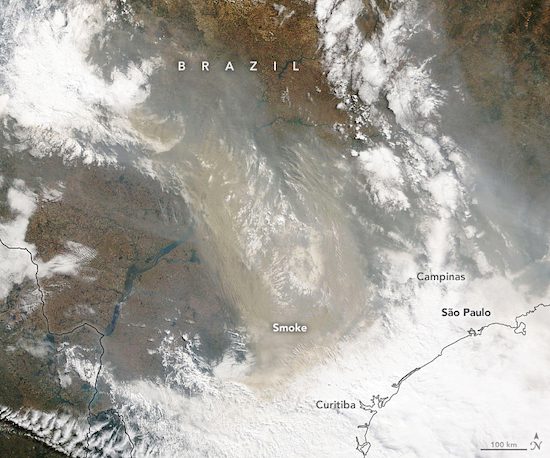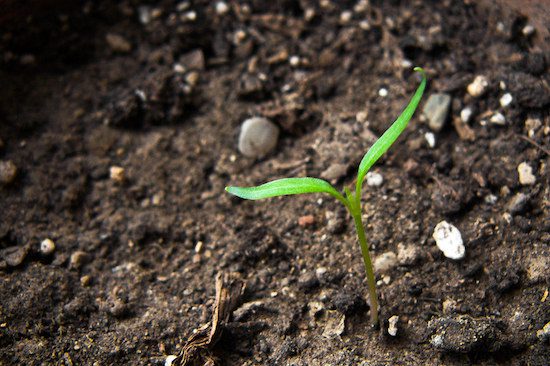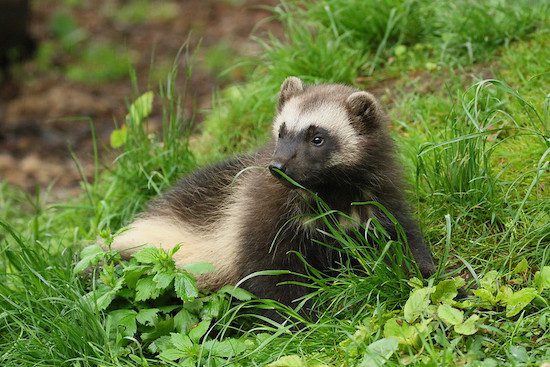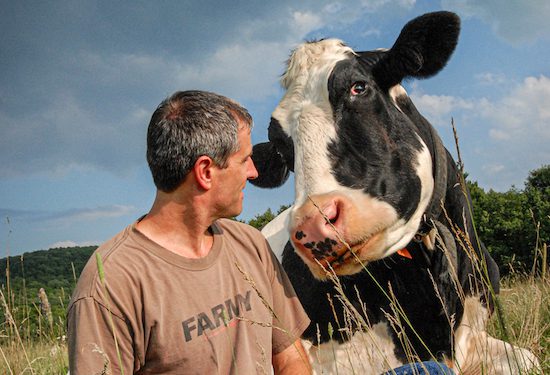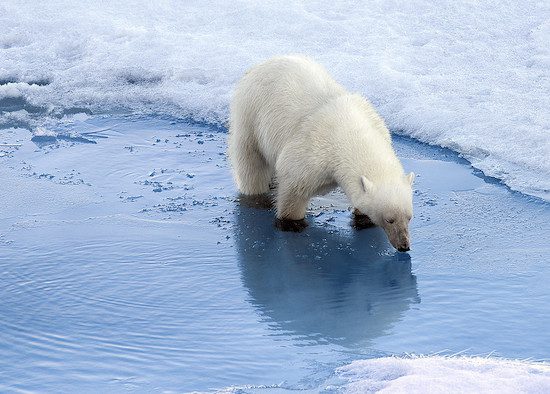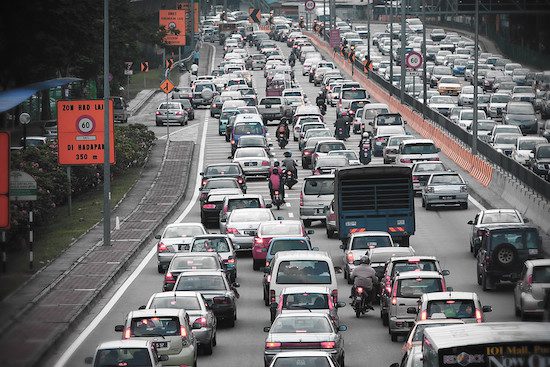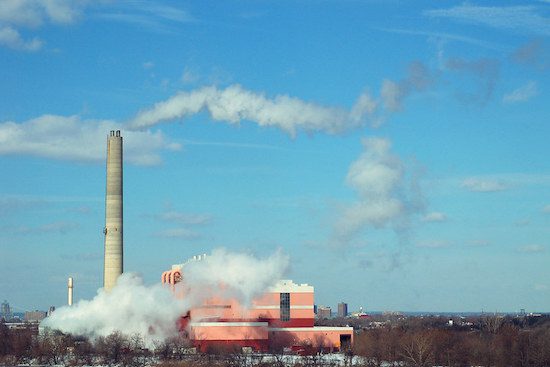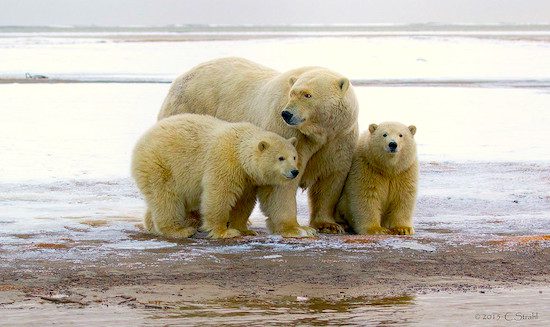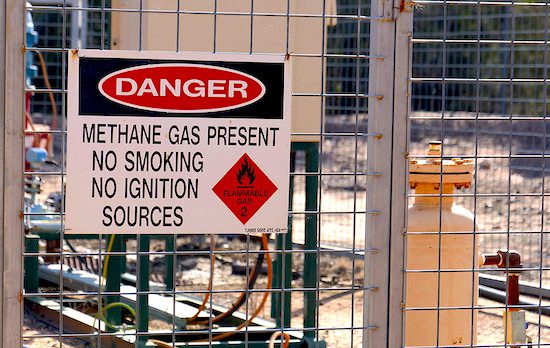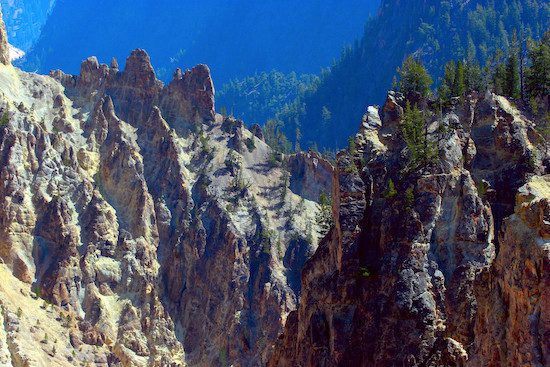
U.S. Forest Service)


For nearly two decades, America’s largest forest has been protected from logging and development. Trump has ended that.
By Reynard Loki, Independent Media Institute
5 min read
The Trump administration has announced plans to lift restrictions on logging and building roads in Alaska’s Tongass National Forest, the nation’s largest national forest. Called the nation’s “crown jewel” by the United States Forest Service, the Tongass is a pristine rainforest ecosystem filled with ancient trees that provides critical habitat for many species, including grizzly bears, wolves, bald eagles and all five species of Pacific salmon. Covering most of southeast Alaska, the Tongass supports a host of unique ecosystems, including ice fields, glaciers, and old-growth forests, as well as islands facing the open Pacific Ocean, the likes of which cannot be found anywhere else in America’s national forest system.
The decision was announced on October 28, when the U.S. Department of Agriculture, which manages the Forest Service, released a notice stating that the Tongass would now be exempt from the “roadless rule,” a federal conservation policy that prohibits timber harvest and road construction on designated roadless areas, with limited exceptions. Established in 2001, the rule has protected 58.5 million acres of roadless land—nearly one-quarter of all land administered by the Forest Service.
Spanning nearly 17 million acres, the Tongass is one of Earth’s largest remaining temperate rainforests and serves as a crucial carbon sink, storing at least 9 percent of all the carbon stored in all of the continental U.S. forests combined, according to the Washington Post, which called the move “one of the most sweeping public lands rollbacks Trump has enacted.” The policy change could impact more than half of this unspoiled wilderness: Around 9.4 million acres of the forest are designated as roadless areas.
Environmental and conservation groups criticized the move and vowed to fight the decision. “While tropical rainforests are the lungs of the planet, the Tongass is the lungs of North America,” Dominick DellaSala, chief scientist with the Earth Island Institute’s Wild Heritage project, told the Post. “It’s America’s last climate sanctuary.”
“The Tongass National Forest provides us with the greatest opportunity in the nation, if not the world, for protecting temperate rainforest at the ecosystem scale, in the face of climate change,” said Audubon, a nonprofit conservation organization based in New York. “It sequesters more carbon than any other type of forest on Earth, providing a much-needed opportunity for climate solutions that can simultaneously bolster regional economies.”
Industry groups welcomed the decision. “There’s a handful of small operators that are working on the Tongass, harvesting timber,” Tessa Axelson of the Alaska Forest Association, a timber industry group, told Alaska Public Media. “In order to continue to survive, those businesses are dependent on a predictable supply of timber.” Frank Bergstrom, a mining consultant in Juneau, said the rollback could attract investors to mineral exploration in the region.“There’s no roadmap to these things,” he said. “Maybe it’ll lead to a little more optimism.”
The decision flies in the face of public sentiment. As Alaska Public Media reported, an information request from the Southeast Alaska Conservation Council found that Americans overwhelmingly support protections on the Tongass, with 96 percent of public comments from within and outside Alaska favoring the maintenance of the roadless rule.
“It is the crown jewel of America’s natural forests, and conservation is very much in the interest of all Americans because it is our land and we are the stewards of that land,” said Senator Barbara Boxer (D-Calif.) during Senate deliberations of Interior Department budget appropriations in 2003. “When I was up there, I saw glaciers, mountains, growths of hemlock and cedar that grow to be over 200 feet tall. The trees can live as long as a thousand years.”
Sign the petition urging Secretary of Agriculture Sonny Perdue to maintain federal protections for the Tongass National Forest.
Letter to the editor…

An EFL reader replies to “Trump Threatens to Veto First Ever Congressional Action on ‘Forever Chemicals,’” by EFL contributor Michael Green:
“This is most important work, so please keep it coming. Not enough people are reading and listening, believing.” —Harold Treinen, Portland, Oregon
Cause for concern…
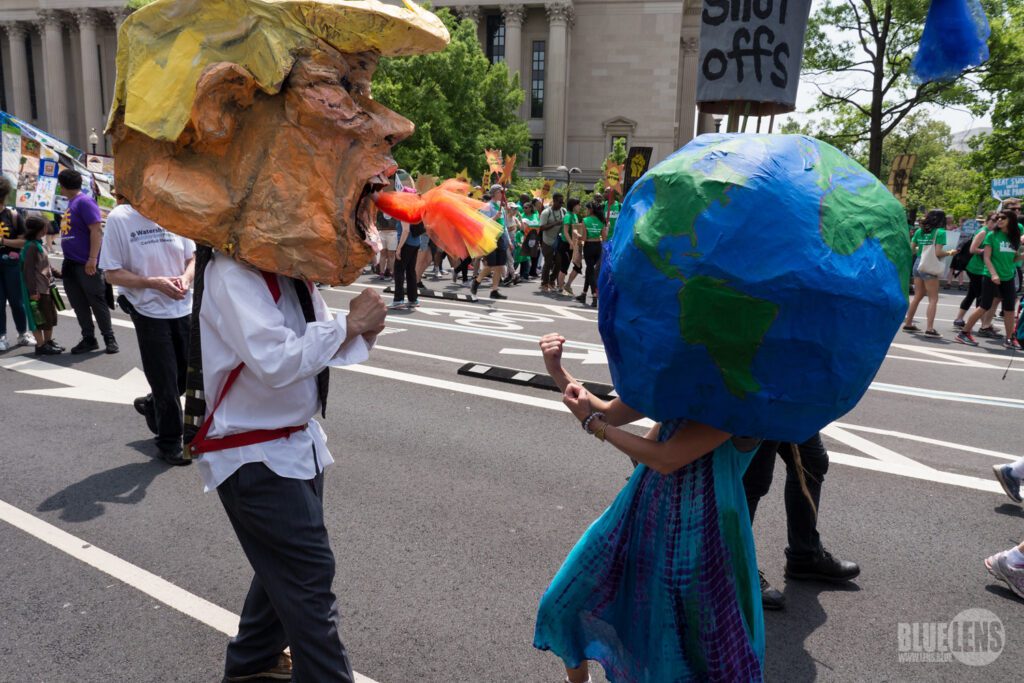
“Under Donald Trump, the government has auctioned off millions of acres of public lands to the fossil fuel industry, the Guardian can reveal, in the most comprehensive accounting to date of how much public land the administration has handed over to oil and gas drillers over the past four years,” report Emily Holden, Jimmy Tobias and Alvin Chang for the Guardian.
- Revealed: The full extent of Trump’s assault on U.S. wilderness (Emily Holden, Jimmy Tobias, and Alvin Chang, The Guardian)
- Humans wiped out two-thirds of the world’s wildlife in 50 years (Nora McGreevy, Smithsonian Magazine)
- Fences are bad for wildlife (The Economist)
- GM, Ford knew about climate change 50 years ago (Maxine Joselow, E&E News)
- Underwater photographer David Doubilet on seeing 50 years of coral bleaching firsthand (Charlotte Davey, Condé Nast Traveler)

“This is one of the places where we can make a positive impact,” said fashion designer Eileen Fisher in a Vogue interview. “Rather than just pollute less or do less harm, we can actually revive the Earth through the process of making clothes.”
- This design collective is helping fashion embrace regenerative agriculture (Emily Farra, Vogue)
- Wallenius Marine develops world’s largest wind-powered vessel to slash shipping emissions (Jennifer Hahn, Dezeen)
- Threatened Mexican spotted owl to get better protections from U.S. Forest Service (Susan Montoya Bryan, Associated Press)
- This Black entrepreneur is raising funds to bring a new vegan restaurant to Compton (Jocelyn Martinez, VegNews)
- Global vegan ice cream market to reach $805.3 million by 2027 (Allied Market Research, GlobeNewswire)
Parting thought…

“The boundary between us and the rest of the world is so fluid. So I think of myself as a song the universe is singing.” —Rebecca Henderson
Earth | Food | Life (EFL) explores the critical and often interconnected issues facing the climate/environment, food/agriculture and nature/animal rights, and champions action; specifically, how responsible citizens, voters and consumers can help put society on an ethical path of sustainability that respects the rights of all species who call this planet home. EFL emphasizes the idea that everything is connected, so every decision matters.
Click here to support the work of EFL and the Independent Media Institute.
Questions, comments, suggestions, submissions? Contact EFL editor Reynard Loki at [email protected]. Follow EFL on Twitter @EarthFoodLife.

